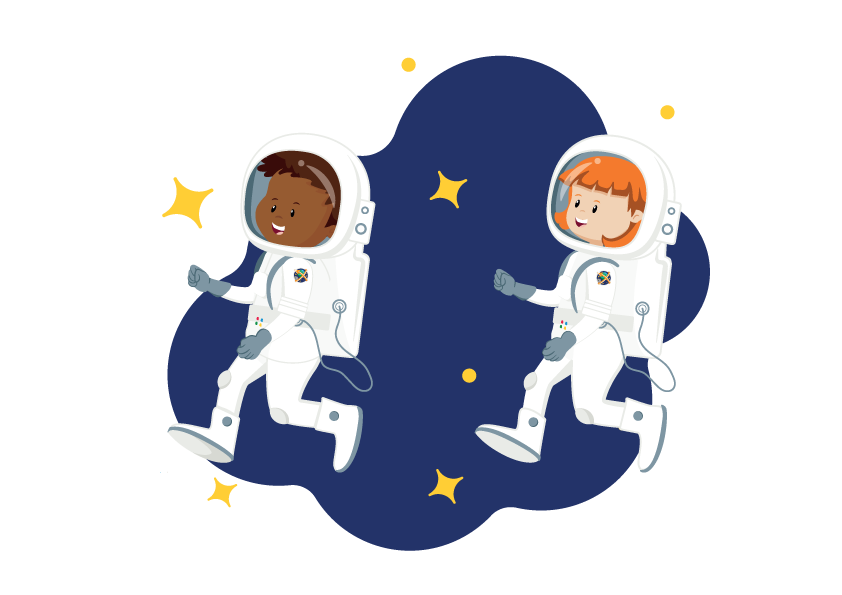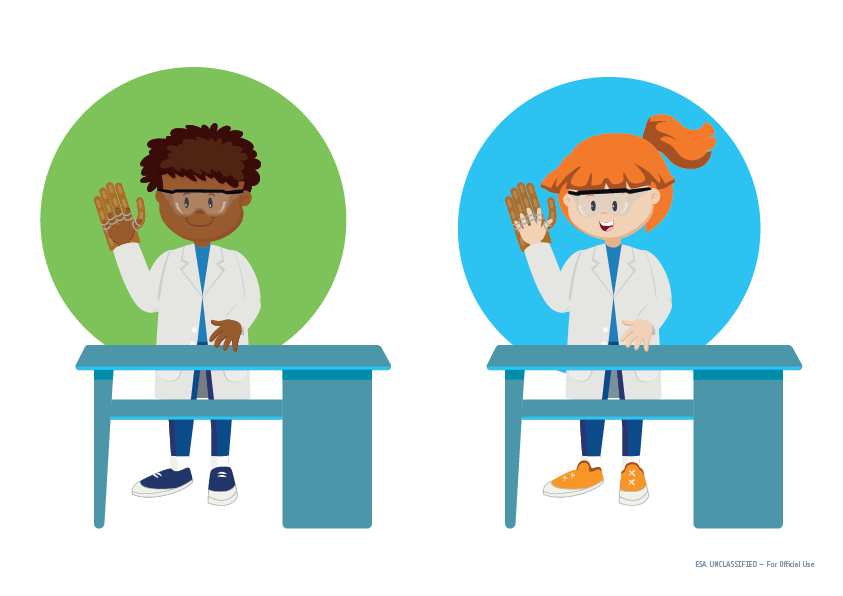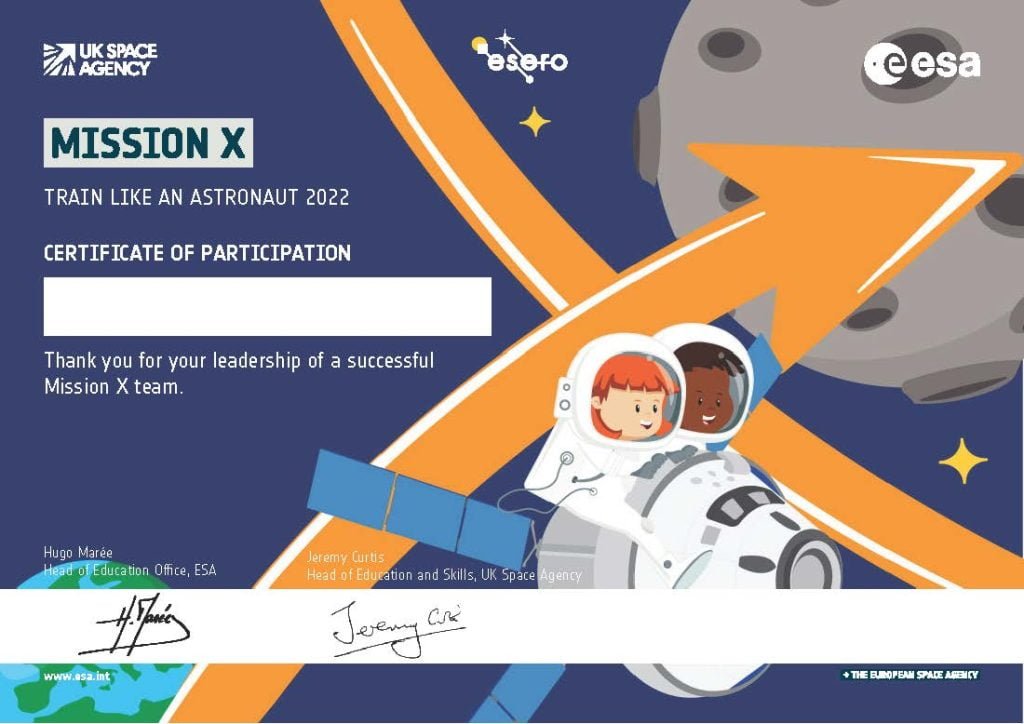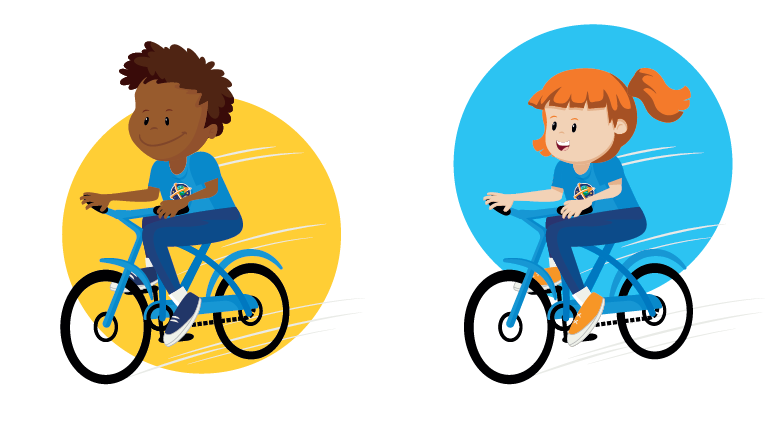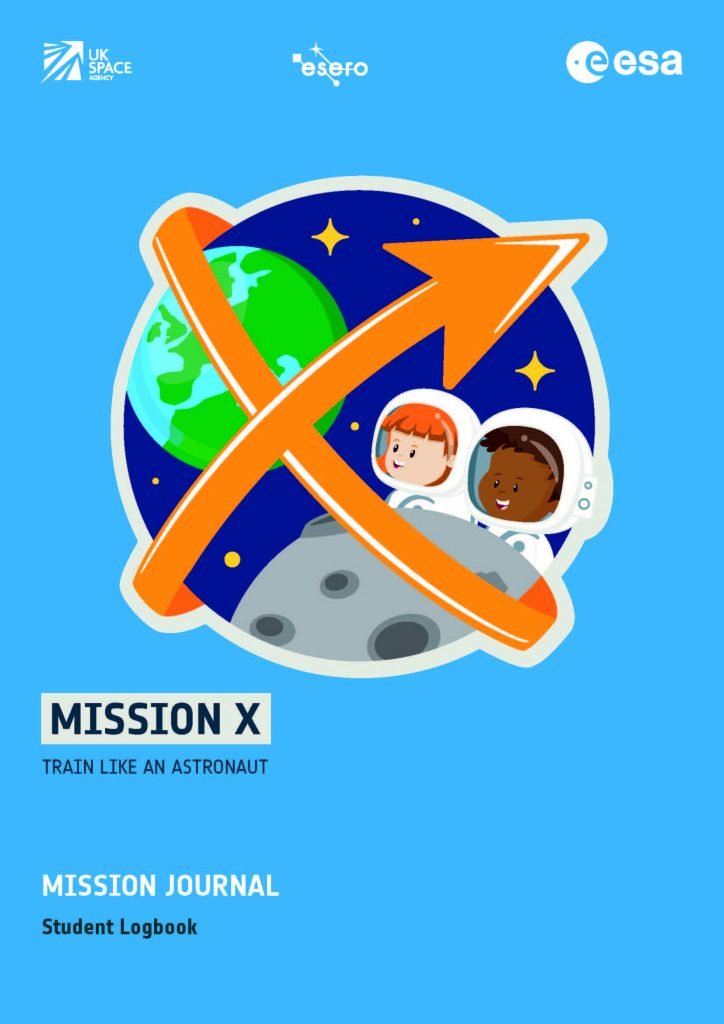Overview
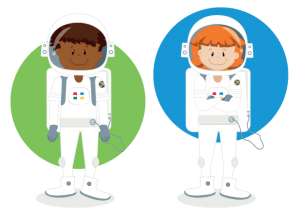 Astronauts must have many skills, in-depth knowledge, and be in top physical condition. And while it takes years of training to prepare for spaceflight, the first steps to building those key skills begin here on Earth, from a young age.
Astronauts must have many skills, in-depth knowledge, and be in top physical condition. And while it takes years of training to prepare for spaceflight, the first steps to building those key skills begin here on Earth, from a young age.
In Mission X: train like an astronaut, students will learn the key elements to keeping fit and staying healthy in space and on Earth. Developed by space scientists and fitness professionals working with astronauts and space agencies across the world, Mission X uses the excitement of space exploration to inspire children to learn about science, nutrition, exercise and space. The project can be delivered either through the curriculum, through collapsed timetable days, through homework challenges or clubs … or a mixture!
Project objectives
Mission X aims to promote the teaching and learning of STEM competences and physical skills through two sets of activities:

- Physical activities are hands-on training missions targeting strength, endurance, coordination, balance, spatial awareness, and more.
- Scientific activities are classroom investigations which focus on STEM subjects and allow students to practice scientific reasoning, critical thinking, teamwork skills, and more.
Walk to the Moon Challenge
Teams across the world complete Mission X activities and submit them online to earn steps. Steps submitted by all of the participating teams help the Mission X mascots, Luna and Leo, walk 384 400km – the distance from Earth to the Moon.
How to take part
Team Leaders sign-up and register their Teams
Team Leaders review the activities and create a plan
Teams complete activities and submit them on the website
Earn steps to help Luna and Leo walk to the Moon!
Timeline
The challenge takes place annually from September to May.
The challenge is designed to be completed in 6 weeks, but can be adapted. There is no minimum or maximum amount of activities that must be completed to participate in the challenge.
Who can participate?
Age Range: The Mission X activities are developed for up to 14 years old, but can easily be adapted for other age groups and skill levels.
Teams:
- No minimum or maximum number of team members required to participate, but students are encouraged to work with at least 1 other person.
- Each team must be supported by a Team Leader (teacher, mentor, educator, or parent).
- Family teams are welcome.
Open worldwide: National Organisers help facilitate the project in each of our participating countries by providing local support.
- If your country is not listed, you can still take part in the challenge! Your registration will be managed by our UK National Organiser.
How to earn steps
The Walk to the Moon Challenge step calculator will open for submissions 20 September 2023!
STEP 1: Log-in to your Team Leader account.
STEP 2: Click the Submit Activities button for each of your registered Teams.
STEP 3: Select the activity your team completed. Score how well your Team completed the activity. Click Submit.
STEP 4: Earned steps are automatically generated and added to Luna and Leo’s journey!
Team members can also track their individual progress using the Mission Journal: Student Logbook.
Introduction to activities
The physical activities utilise the same body parts/systems as astronauts do in training and on missions in space. The activities may be used by individual students or delivered to an audience of students by educators.
Each activity contains a crew member mission, mission briefing, mission assignment, and mission purpose, plus vocabulary and related facts. Safety guidelines are also provided for a successful completion of each activity! The physical activities can be practiced over time – simultaneously or one per week. See all of the activities here.
The scientific activities cover a range of principles and topics that astronauts need to understand to stay healthy in space and to complete the experiments that make up their mission. The activities may be used by individual students or delivered to an audience of students by educators.
Each activity contains a lesson objectives, background information, and step-by-step teacher guides and student worksheets. Safety guidelines are also provided for a successful completion of each activity! The scientific activities can be practiced over time – simultaneously or one per week. See all of the activities here.
Extra tools and resources
Mission X YouTube Playlist
https://www.youtube.com/user/TrainLikeAnAstronaut
Private Mission X Facebook Group (for participants)
www.facebook.com/groups/missionx19
ESA Kids
www.esa.int/kids

